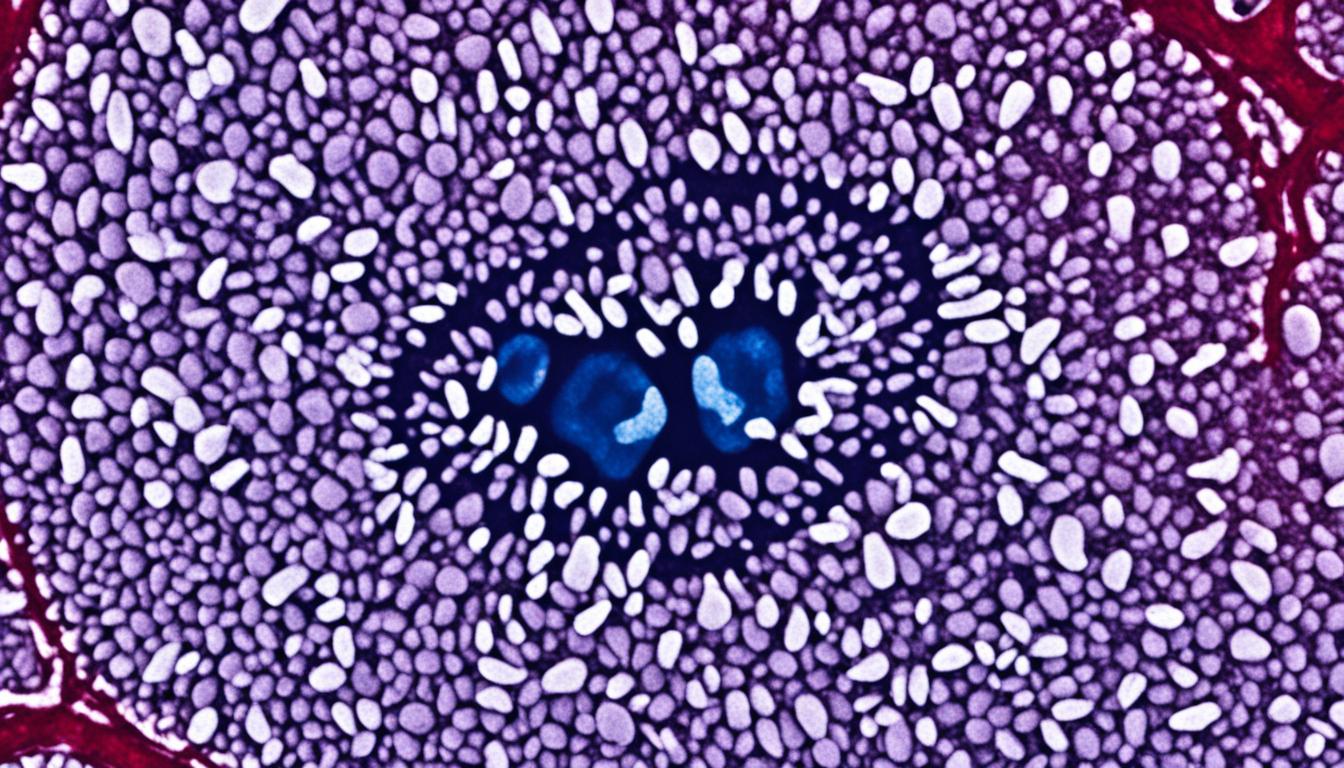A pheochromocytoma is a rare tumor that can grow in the adrenal glands. It might also develop in other parts of the body. It’s often found in adults between 30 and 50, but it can happen to anyone. These tumors lead to too many hormones that cause high blood pressure and may harm organs.
About 85-90% of these tumors are not cancerous. However, 10-15% can be cancerous. We don’t know exactly why they appear, but some think it’s due to genetic changes in certain people.
To diagnose a pheochromocytoma, doctors use blood and urine tests. They also do scans like MRI and CT. These tests help find the tumor and determine where it is.
The main treatment is to remove the tumor surgically. Doctors often use methods that are less invasive to help patients recover faster. Sometimes, if the tumor is cancerous or has spread, radiation or chemotherapy might be necessary.
Key Takeaways:
- Pheochromocytoma is a rare tumor that grows in the adrenal glands or elsewhere.
- It can make the body release too many hormones, leading to high blood pressure and organ harm.
- The majority of these tumors are not cancer, but a few can be.
- Doctors diagnose it with blood, urine tests, and imaging scans.
- The main treatment is surgery, with further therapy if the tumor is harmful or spreading.
Symptoms and Diagnosis of Pheochromocytoma
Pheochromocytoma is a rare tumor in the adrenal gland. It can cause high blood pressure, heart palpitations, and headaches. Also, it can lead to sweating and feelings of anxiety or fear. These signs happen because the tumor releases too many hormones.
People with pheochromocytoma might have sudden or ongoing symptoms. The high blood pressure it brings can be severe. It might cause damage to the heart and other organs over time.
Diagnosis
Diagnosing pheochromocytoma involves looking at medical history, a physical, and tests. Doctors often test blood to check hormone levels like adrenaline and noradrenaline. These can show if there’s a hormone imbalance that suggests a tumor.
Urine tests over 24 hours can also give a peek into hormone changes. This offers more clues about a possible tumor.
Imaging methods help find and see the tumor. MRI and CT scans take detailed pictures. They show where the tumor is, like in the adrenal glands.
Once a tumor is found, more tests aim to figure out if it’s cancerous and its size. Knowing this helps doctors plan the best treatment.
Treatment and Management of Pheochromocytoma
The top way to treat pheochromocytoma is to remove the tumor with surgery. Doctors often use methods that are less invasive. This means patients might heal faster and feel less pain after the operation. Before the surgery, doctors might give medication to lower blood pressure and control symptoms. This helps keep the patient safe during the procedure.
Sometimes, if the tumor is cancer or has spread, other treatments like radiation or chemotherapy are needed. These treatments fight the cancer cells, even if they are no longer in the main tumor area.
Stem cell therapy is also a new area of study for pheochromocytoma. It is not widely used yet, but it shows promise. This therapy could help repair damaged tissue and bring back a normal hormonal balance.
After the main treatment, keeping an eye on the patient’s health is key. This involves regular check-ups, blood tests, and imaging to look for any new tumors. Patients are also encouraged to lead a healthy lifestyle. This includes eating well and staying active. It can help keep their blood pressure under control and improve their general health.

